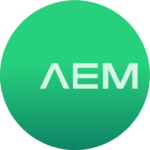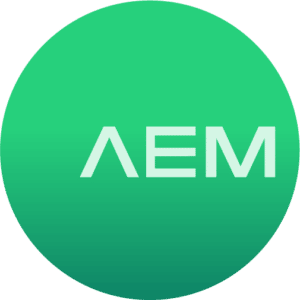Vertical Spotlight
Education
Network infrastructures within higher education can be far more complex compared to other business verticals. Often, a mixture of traditional enterprise-grade technologies is combined with bleeding edge infrastructure components that expand educational possibilities within science, technology engineering and math (STEM) fields.
Added to this is the fact that school grounds commonly span multiple buildings and host faculty/staff in housing or dorms around the clock. Thus, the use of public safety/IoT technologies are often higher than those deployed within even the most sophisticated smart buildings.
In this Top Tips brief, we’ll look at five copper and fiber testing, troubleshooting and maintenance situations that IT staff commonly find when working in higher-education campuses.
Security
A broad set of physical security devices are being incorporated into smart buildings at an unprecedented rate. These devices must always be operational which can be a challenge as they are often deployed in harsh indoor and outdoor environments.
Using a converged network infrastructure approach, devices such as security cameras, door controllers, and physical safety IoT sensors are connecting to IP networks via wired Ethernet in enterprise settings.
The problem, however, is that existing or newly installed twisted pair copper cabling does not meet best-practice guidelines for a host of reasons. This can lead to situations where these devices become unusable or unreliable, defeating the purpose of the technology and potentially endangering building occupants.
Let’s look at five reasons why infrastructure readiness for physical security is so important and how proper cable specification types, power-sourcing verification and endpoint testing becomes a critical part of any smart building security/safety device install.
Healthcare
Healthcare IT is unique compared to other enterprise verticals for a few key reasons.
The heavy reliance of wired copper and fiber optic connections combined with clinical, patient and guest Wi-Fi needs means that IT operations (ITOps) staff must be ready to quickly troubleshoot and resolve network access and performance issues at a moment’s notice.
As a result, troubleshooting a healthcare network requires an extra bit of effort and the right troubleshooting and analysis tools. This Top Tips brief will examine six unique cable/Wi-Fi troubleshooting scenarios that are common in healthcare settings.
Data Center
Compared to other parts of a network, the data center presents unique cable structures, transport methods and uses that can be a challenge without the right testing and troubleshooting tools at your disposal.
The data center consists of interconnecting complex network and server equipment using a myriad of cable/connector types and standards based protocols. Data centers are also a critical part of an infrastructure that must always be operational. Thus, the ability to quickly find and remediate cable or device-related issues becomes a high priority.
Let’s look at seven testing and troubleshooting scenarios unique to the data center that you’re likely to come across from an IT operations (ITOps) perspective.




